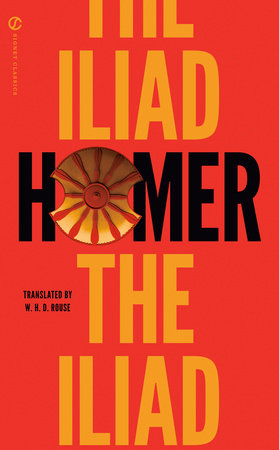The Polish word gruz can be translated as rubble, ruins, wreckage. There is no doubt, then, that director Paweł Pawlikowski intends something specific by having one of his protagonists bear that name. This is not, however, a statement about authorial intent. Instead, this is about the various registers of the film Ida, written by Pawlikowski and Rebecca Lenkiewicz and winner of the 2015 Academy Award for Best Foreign Language Film.
In Ida, in Poland, the landscape is complicit in the tragedy. The almost epic long shot (Photo 2) of humans dwarfed by trees and sky cuts immediately to a medium shot of the woods that collapses the field of vision into a disorienting claustrophobic matrix of limbs and trunks (Photo 3). In Polish, there is the minimal difference between las [forest] and los [fate]. It is in the woods that a secret history was buried. Trees define many of the scenes of the film, much of the landscape Ida and Wanda traverse, as when Wanda meets her own destiny, her open window frames a simple tree in the morning haze (Photo 4).
How does one survive in the ever-shifting climate of ideological extremes, in the liminal space of what Sylvia Plath referred to as “the cicatrix of Poland”? What transformations are necessary to transmute the rubble of life, of politics, of civilization, of identity into the stone of life [Lebenstein], upon which a bride of Christ can build a new life, if it is indeed new or a life? To what extent does choice override cultural, historical, religious, and even genetic destiny?
I had no desire to see this film. Having lived in Poland for two years, having traveled throughout Central Europe conducting research, and having written a thesis on the Holocaust, I felt like I had already done my time. This history weighs too heavily. There comes a point that it’s self-abusive, exploitative. Also, I typically do not trust films about such topics, especially after so many–too many–feel-good Holocaust films–those with morals, with life-affirming messages, with optimistic characters. The disaster undoes morality, life affirmations, optimism. The disaster undoes narrative, character, dramatic structure.
Ida is more than a film about this history of trauma, though. In some regards, the film seeks to not only recover the lost history and identity of its main characters but also to recreate the means of that journey. It was shot in black and white in a 4:3 aspect ratio. It stylistically cites and recreates New Wave. It shows itself as cinema itself would have seen it, would have presented itself, in 1962.
The pronounced use of diegetic sound, especially that of Jewish musician and composer Bruno Walter conducting Mozart’s Symphony 41, accentuates the reticent and taciturn characters, the silences through which they speak. This symphony is also called the Jupiter Symphony–Jupiter indicating not only the foundations of Western civilization but also the pater of our Father. The use of sound to say so much more than what the characters themselves are willing to say.
Ida is an anti-road movie. Its characters, who already no longer know who they are when the film begins, ultimately are no closer to answers to their questions, to their destination, at the end. The trajectory of the film undoes identity, history. They dig up that history, solving the most damning of mysteries, yet still somehow manage to occlude whatever meaning such acts might come to have. By revealing their particular, singular site of memory, of burial, they no longer fit within the typical parameters of Holocaust narrative, which destroys singularity and incinerates and buries individuality in the anonymous mass grave. History and identity are turned on their heads, no more so than in the scene in the woods as two Jewish women stand above a Polish man in the pit. History and identity–like the earth itself–will swallow you whole.
When the film depicts a scene that could be considered cinematically aesthetic, Pawlikowski cuts sharply to the next scene. For example, despite this film being a road movie on the surface, there is little screen time devoted to the actual journey. One driving scene abruptly switches to Wanda’s car being pulled from the ditch. Or in the church, as the other novices are taking their vows, we see the top of Ida’s face; her eyes close. But even before the musical phrase ends, we are jarred away from the church and back into Wanda’s apartment as she, before facing her own fate, arranges family photographs of those who did not survive.
Such transpositions, such structure and narrative undo narrative as such, disclosing the impossibility of an easy transition between point a and point b, between past and present. This film–here and now–depicting the stylized historical digging up of the past, of what remains of the family’s remains, exhumed, transported, re-interred in the overgrown wasteland that the family cemetery near Lublin has become. Remains of that which does not remain. History showing itself as the very disruption of history, as so much rubble, as what Walter Benjamin referred to as “a pile of debris.” The narrative structure becomes fragmented, pulverized, revealing the very impossibility of “The usual. Life.” that the musician offers Ida after they buy a dog, marry, have children. The only way forward for Ida is to retreat once again to the convent, the only safe haven that can allow for her survival yet again. The present as past, as the history of its own impossibility.








